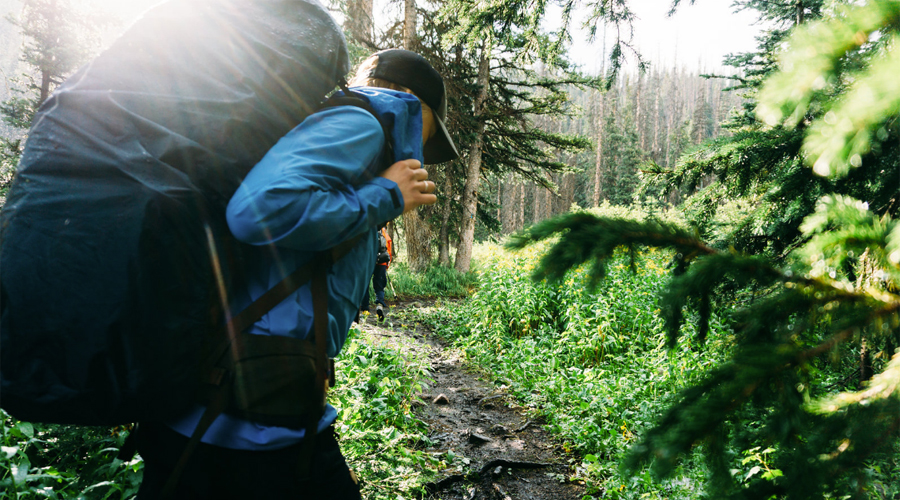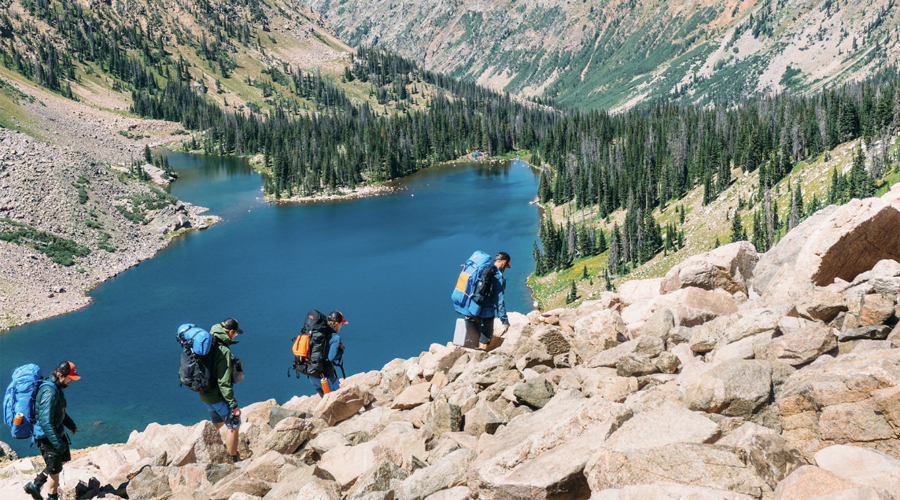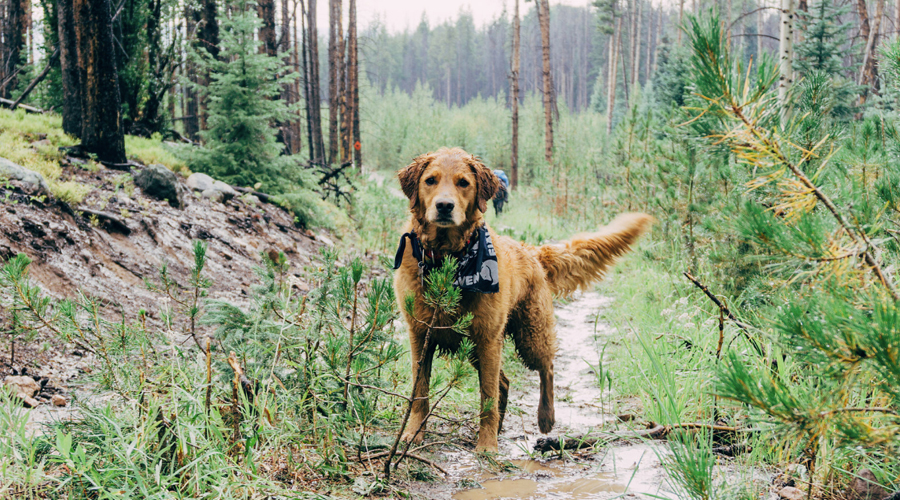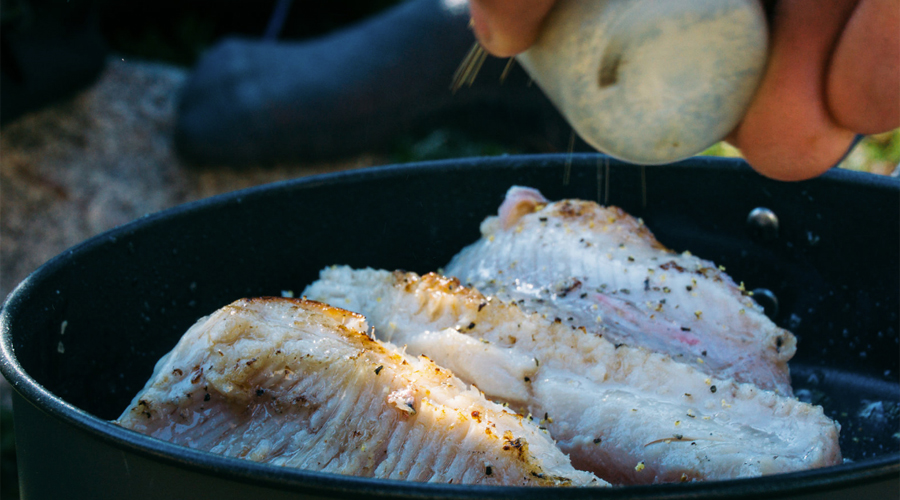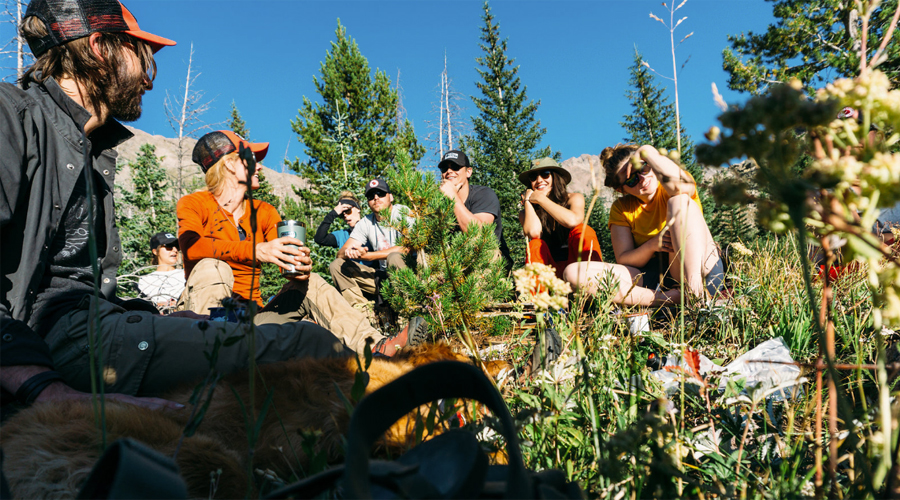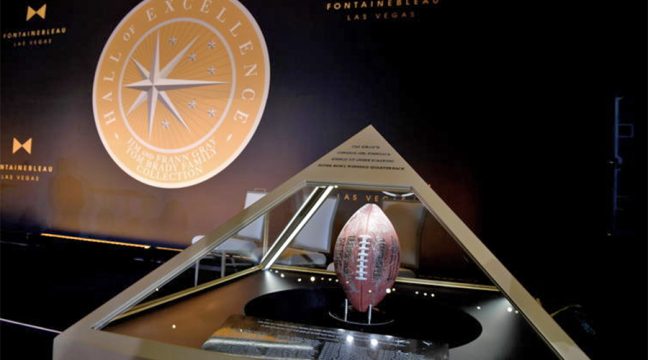The Logistics Of Curating A Branded Consumer Event At The Inaugural Fjällräven Classic USA
By Jahla Seppanen
The secret is out. Brands are spending more of their marketing dollars on events. The timing’s no coincidence; consumers are spending more money on experiences versus product.
The old way of looking at events from a brand’s point of view is to team up with an already-established event or series, attach your name to it with a handful of other brands, and let the organization handle the details. Why? Actions speak louder than words, and brands like the legitimacy that a third-party event brings with it.
Many active lifestyle brands still subscribe to this approach, but we’re also seeing a trend that pulls away from multi-brand endorsed events in favor of curated programs under one banner — the brand.
Call it the vertical integration of events.
These curated branded events aim to immerse the end consumer in the story, lifestyle and image of the company, capitalizing on the personalities of key executives and designers in attendance at these events to strengthen authenticity and ingrain consumer personalities with the brand. It’s the “I do what I am” principle.
But the challenges that come with brands hosting events are many, as logistics raise issues never considered by big-picture event planners working at the brand.
In 2016 we’re seeing the rise of inaugural events building this trend. Retailer REI is hosting the women’s-specific outdoor Outessa Summit, and last week the Swedish outdoor brand Fjällräven brought its heritage Classic hike to the U.S.
A Look Inside The Inaugural Fjällräven Classic USA
In the case of Fjällräven, its European 60-mile, multi-day backpacking experience has defined the brand’s presence in Sweden for 18 years. This month, the EU trek drew around 2,500 participants from around the world.
SGB was in attendance at the reimagined USA Classic, which spun the heritage concept à la Americana – three days, two nights, 20 miles and about 150 hikers. On August 19, Fjällräven USA designers, reps, managers and the president of North American operations himself boarded a van at the brand’s Boulder, CO flagship store with everyday consumers. Destination: State Forest State Park, three-and-a-half hours north.
The Fjällräven brand member-to-consumer ratio seemed to be tipped to the former, but we still saw newbie hikers from North Carolina, Florida and Arizona taking a chance on an ad they spotted online. The majority of consumer attendees didn’t know about the brand before signing up for the hike.
What was marketed as an experience for everyone from beginners to seasoned hikers allowed for the façade of “Hey, I can do this.” But what the brand didn’t anticipate were map discrepancies and the effects of camping at 11,500 feet.
By the end of day one there were stories of hikers veering from the trail and ending up miles from the rest of the pack. A 5.5-mile climb turned into 8 miles plus (our Fitbit read somewhere near 10), and those consumers who came alone carried doubt as to what the next two days would bring. Summed up, it was harder than everyone thought.
In light of the crossed wires on day one, Fjällräven was ready to adapt. Hired to run the event was the Louisville, CO-based event management specialists Human Movement, whose owner is the mastermind behind the Color Run, Ugly Sweater Run and Zombie Run (pictured above, sending off the first wave of hikers with a traditional shotgun start). Human Movement also plans high-profile triathlons and created the Under Armour running campaign/event Run Camp, initially called Fight Camp.
With Human Movement and Rapid Response Paramedic Services (RRPS), an endurance-event specific medical support team, many of the Fjällräven Classic fires were stomped out and resolved by daybreak. RRPS was hiking alongside attendees, with four-wheelers at the base of the trail, while Human Movement members ran to and from the campsites to make sure hiking went seamlessly (some 18-plus miles before 2 p.m. on day two).
Fjällräven also enlisted the help of Leave No Trace, who distributed waste bags for attendees to pack out whatever they packed in, helping ensure permits will be granted next year.
Most important lesson: If you’re a brand looking to create an event, these are the men and women you need in the shadows.
From the brand itself, Carl Hård af Segerstad, who works on the brand communications team at Fjällräven International, was at the campsite talking candidly with attendees about the importance of drinking water with salt and sugar to rehydrate weak muscles. Sofia Johansson, who plans the Swedish version of the event, shared information about how to stay warm sleeping at altitude (run around before getting into bed, go to the bathroom and don’t wear too many layers). Nathan Dopp, president and GM of Fjällräven North America, was taking breaks along the trail with everyday consumers.
Nathan, Carl and Sofia became an extension of Fjällräven, personalizing what in reality is only a concept and allowing consumers to associate a company with a feeling, which is what brands want as a payoff… events aren’t necessarily about making money. Another perk is that consumers don’t have to be brand loyalists to attend a branded event. They don’t have to wear the products or even know how to correctly pronounce the name. It’s different in the store, where consumers lean toward known labels.
Fjällräven’s Classic USA ended on a high note, as hikers rambled into base camp to be met by delicious food and live music. The struggles of day one seemed to amplify the sense of accomplishment, and left consumers with a mental packing list for next year. There’s no doubt Fjällräven’s apparel and camping gear were made for the adventure, so it served as a good testimonial for the product.
What was also clear throughout the trek was that Fjällräven isn’t trying to flex a hardcore persona. Yes, its gear is gnarly and its brand members are tough, but they’re also some of the nicest people you’ll ever share the trail with.
Photos courtesy Joel Bear Photography, Fjällräven

